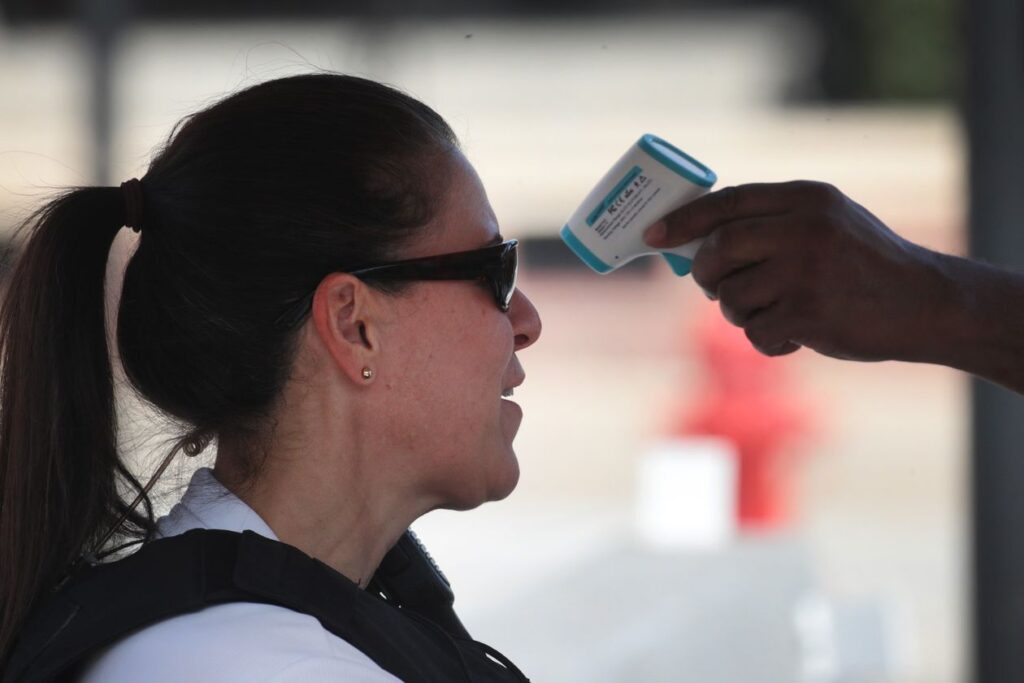
Is the economy getting better? Is it getting worse? It’s hard to tell.
A sunnier view of the economy — in the midst of a pandemic, mind you — seemed to be evident in recent reports on U.S. retail sales, consumer confidence and small-business optimism.
Retail sales surged 1.9% in September while closely followed surveys of consumer sentiment and small-business optimism both climbed to fresh pandemic highs.
Yet a surprise increase in jobless claims for the first time in seven weeks raised alarms about whether the number of people returning to work has slowed to a trickle. A number of large companies including Disney DIS, -0.43% recently announced widespread layoffs.
“There are certainly cross currents in the data,” said Sam Bullard, senior economist at Wells Fargo in Charlotte, N.C.
Many Wall Street DJIA, +0.39% economists contend the U.S. is on the cusp of another relapse in growth. They point to rising layoffs, another resurgence in the coronavirus and the expiration of emergency federal benefits for the unemployed and struggling businesses.
Yet the increase in retail sales in September and rising business and consumer confidence tell a different story, a smaller group of economists contend.
They point to a high level of savings, loosening state restrictions and gradual increase in the number of people going back to work to support their view that the recovery is still on track.
“The September retail sales data offered yet another sign that the pervasive gloom of economists and analysts has been misplaced,” wrote chief economist Stephen Stanley of Amherst Pierpont Securities.
The upcoming week, unfortunately, won’t shed much light on which argument holds more sway. The focus once again will be on initial U.S. jobless claims, an early indicator about the health of the labor market.
The weekly U.S. claims report, however, has become less reliable lately because of a information lockdown in California. The state has not submitted new claims data to the U.S. Labor Department for three weeks while it tries to address fraud and other widespread problems.
There’s no doubt hiring has slowed, however. Job gains in the monthly employment report from the U.S. Labor Department have declined for three straight months, leaving about half of the more than 22 million people who lost their jobs early in the pandemic still out of work.
The onset of cooler weather, what’s more, could act as another drag.
Restaurants, for example, won’t be able to seat diners outside in much of the country as winter approaches. The virus might also speed up as coronaviruses often do, triggering new restrictions on business and the movement of people.
On the brighter side, historically low interest rates have spawned a boom in house sales, mortgage refinancing and auto refinancings.
Millions of people have taken advantage of extremely low rates to reduce their debt and lower monthly payments, leaving them more money to spend on home furnishings and other goods.
Indeed, the evidence strongly suggests consumers have poured more money into new cars, electronics and other goods since they are spending so little on services such as travel and entertainment.
Whether that will be enough to power the economy through the colder months without another major fiscal stimulus from Congress remains to be seen. It all depends, economists agree, on how quickly the virus spreads and whether a treatment is found soon.
“How the virus tracks will greatly determine the path of economic activity going forward,” Wells Fargo’s Bullard noted.





























